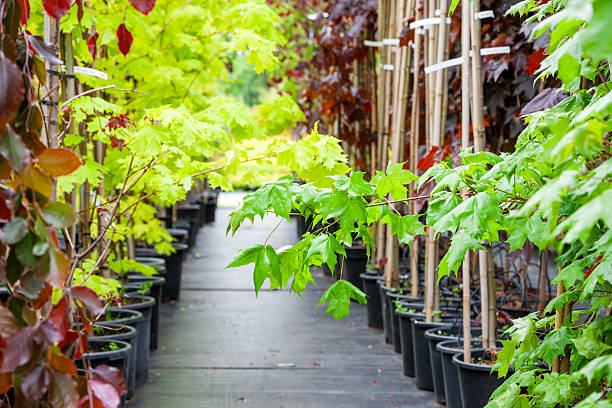Tree Care Tips for Earth Day
go.ncsu.edu/readext?791392
en Español / em Português
El inglés es el idioma de control de esta página. En la medida en que haya algún conflicto entre la traducción al inglés y la traducción, el inglés prevalece.
Al hacer clic en el enlace de traducción se activa un servicio de traducción gratuito para convertir la página al español. Al igual que con cualquier traducción por Internet, la conversión no es sensible al contexto y puede que no traduzca el texto en su significado original. NC State Extension no garantiza la exactitud del texto traducido. Por favor, tenga en cuenta que algunas aplicaciones y/o servicios pueden no funcionar como se espera cuando se traducen.
Português
Inglês é o idioma de controle desta página. Na medida que haja algum conflito entre o texto original em Inglês e a tradução, o Inglês prevalece.
Ao clicar no link de tradução, um serviço gratuito de tradução será ativado para converter a página para o Português. Como em qualquer tradução pela internet, a conversão não é sensivel ao contexto e pode não ocorrer a tradução para o significado orginal. O serviço de Extensão da Carolina do Norte (NC State Extension) não garante a exatidão do texto traduzido. Por favor, observe que algumas funções ou serviços podem não funcionar como esperado após a tradução.
English
English is the controlling language of this page. To the extent there is any conflict between the English text and the translation, English controls.
Clicking on the translation link activates a free translation service to convert the page to Spanish. As with any Internet translation, the conversion is not context-sensitive and may not translate the text to its original meaning. NC State Extension does not guarantee the accuracy of the translated text. Please note that some applications and/or services may not function as expected when translated.
Collapse ▲Today, Earth Day is widely recognized as one of the largest observances in the world, marked by more than a billion people every year. Which has caused the planting of tens of millions of trees worldwide. Now let’s learn a little more about what it takes to plant a tree.
Choosing the Right Type of Tree
Proper tree care begins with selecting the right tree and planting it in the right place. Make sure your tree will thrive — especially once fully grown — where you want to plant it. Things to consider include:
- The tree’s purpose. Are you planting it for aesthetics, privacy, shade/energy reduction, windbreak, or as a street tree? Your end goal will determine the suitability of different trees.
- Tree database. The NC State Extension Gardener Plant Toolbox is based on an evaluation of plant databases around the world, surveys of Extension agents, Extension Master Gardener℠ volunteers (EMGVs) plant database users, and focus groups. Based on themes gathered from this data we have created an innovative tool for gardeners, MGVs, extension staff, landscape professionals, university staff, and students. The primary goal of the plant database is to help people select plants that will bring them joy, provide a valuable function in their landscape, and thrive where planted.
Proper Mulching
Mulch is a newly planted tree’s best friend because it:
- Insulates the soil, helping to provide a buffer from heat and cold.
- Retains water to help the roots stay moist.
- Keeps weeds out to avoid root competition.
- Prevents soil compaction.
- Reduces lawn mower damage.
Tree Watering
Tree watering is a key part of tree care, but it is difficult to recommend an exact amount due to the variety of climates. A few guidelines will help you to water your trees properly.
Watering Newly Planted Trees
For new trees, water immediately after you plant a tree. Usually, 30 seconds with a steady stream of water from a garden hose with a diffuser nozzle per tree seedling is sufficient.
Watering Trees During First Two Years
During the first couple of growing seasons, your newly planted tree is expending a lot of energy trying to get its roots established in the soil. Especially during the first few summers of your new tree’s life, it will have a difficult time dealing with heat and drought. You can make this easier by providing water and covering the soil with wood-chip mulch. Deep watering can help speed the root establishment. Deepwater consists of keeping the soil moist to a depth that includes all the roots.
If you have questions regarding tree care, contact Bryan Hartman, Agriculture & Natural Resources Agent, at 336-593-8179 or bkhartman@ncat.edu.





